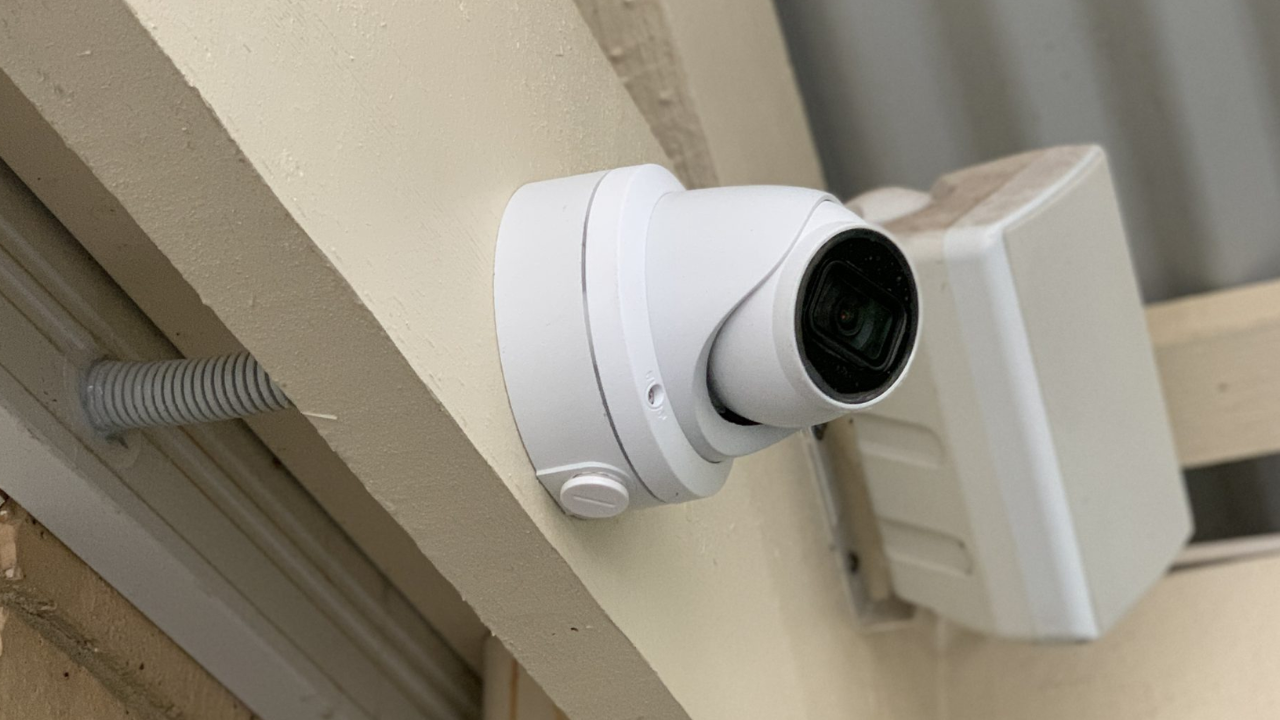Outdoor security cameras with night vision are essential tools for protecting homes and properties since they provide improved surveillance and peace of mind even in low-light settings. These advanced cameras use cutting-edge technology to provide 24-hour surveillance and detection of potential threats, making them critical components of current security systems.
As the sun sets and darkness falls, exterior cameras equipped with night vision illuminate the shadows, capturing clear and vivid film of any action within their range of view. Whether it's deterring intruders, or monitoring outdoor environments, these outdoor security cameras with night vision provide unprecedented visibility and protection at any time of day. These cameras provide a vigilant watch over properties, ensuring comprehensive surveillance and defense against potential threats.
Night Vision Technologies In Outdoor Security Cameras
Night vision technology has transformed exterior security cameras, enabling homeowners to efficiently monitor their homes even in low-light or nighttime settings. These cameras use a variety of night vision technologies to capture clear and detailed images in low-light conditions, hence improving total surveillance capabilities. In this detail, we will look at the many types of night vision technology utilized in outdoor security cameras.
Infrared (IR) Night Vision
Infrared (IR) night vision is one of the most popular technologies utilized in outdoor security cameras. These cameras are outfitted with IR LEDs, which emit infrared light that is invisible to the naked eye but detectable by the camera's sensor. When the ambient light level falls below a particular threshold, the camera automatically switches to IR mode, which illuminates the area with infrared light and captures monochrome images or videos.
Active Infrared (AIR) Night Vision
Active Infrared (AIR) night vision technology illuminates the surveillance area using strong IR LEDs. Unlike typical IR night vision, which relies on ambient IR light, AIR cameras generate infrared light, improving sight in complete darkness. This technology increases the effective range of outdoor security cameras and assures clear and detailed film, making it perfect for nighttime surveillance in locations with low ambient light.
Low-light (LL) Night Vision
Low-light (LL) night vision cameras are intended to capture crisp images in low-light environments without the use of infrared lighting. These cameras use modern sensor technology and image processing techniques to increase available light, improve visibility, and reduce noise in nighttime footage. LL night vision cameras are appropriate for places with low ambient light or where IR lighting is impossible.
Starlight Night Vision
Starlight night vision technology uses ultrasensitive sensors and advanced image processing algorithms to record color images in extremely low-light environments. These cameras can provide full-color film even in near-darkness, resulting in higher image quality and detail than typical monochrome IR night vision. Starlight cameras are ideal for outdoor surveillance applications where color identification is essential.
Thermal Night Vision
Thermal night vision cameras detect infrared radiation from objects based on temperature differences. Thermal cameras, as opposed to standard night vision cameras that use visible or near-infrared light, may capture images in complete darkness or bad weather circumstances. This technology is especially beneficial for identifying intruders, wildlife, or heat signatures in outdoor settings where traditional cameras may struggle owing to poor lighting or obstructed visibility.
Color Night Vision Cameras
Color night vision cameras use modern sensor technology and image processing algorithms to record full-color photos in low-light or nighttime environments. Color night vision cameras, as opposed to typical monochrome night vision cameras, preserve color integrity even in low light, resulting in greater image quality and detail. This technology enables homeowners to more correctly distinguish between objects and humans, improving overall monitoring effectiveness in outdoor situations at night.
Remarks
Outdoor security cameras use a variety of night vision technologies to provide effective surveillance in low-light or nighttime environments. These cameras provide homeowners with varied options for monitoring their homes after dark. Understanding the many types of night vision technology available enables homeowners to select the best outdoor security camera for their unique surveillance requirements and improve overall home security.

